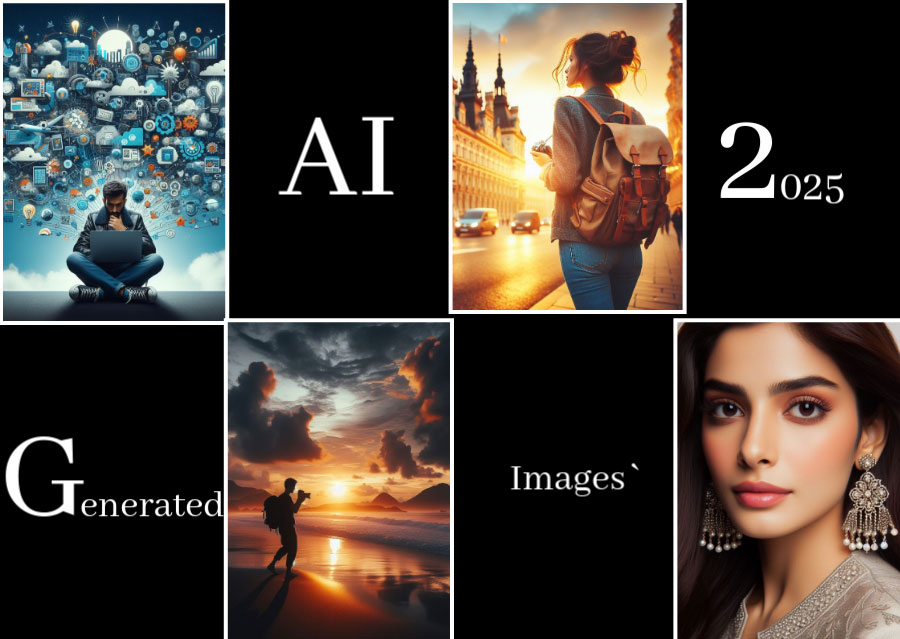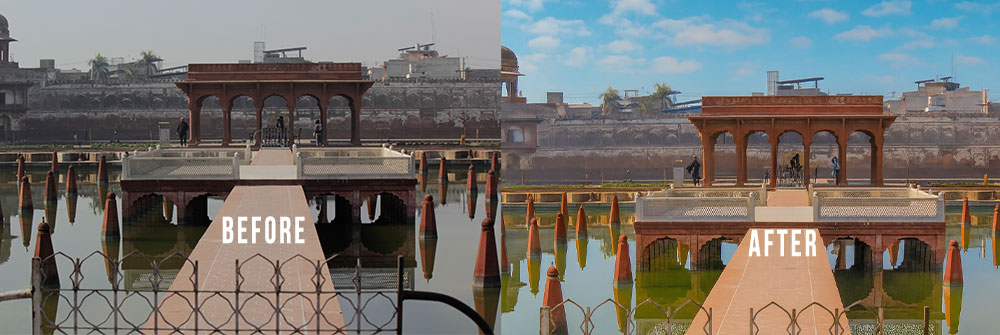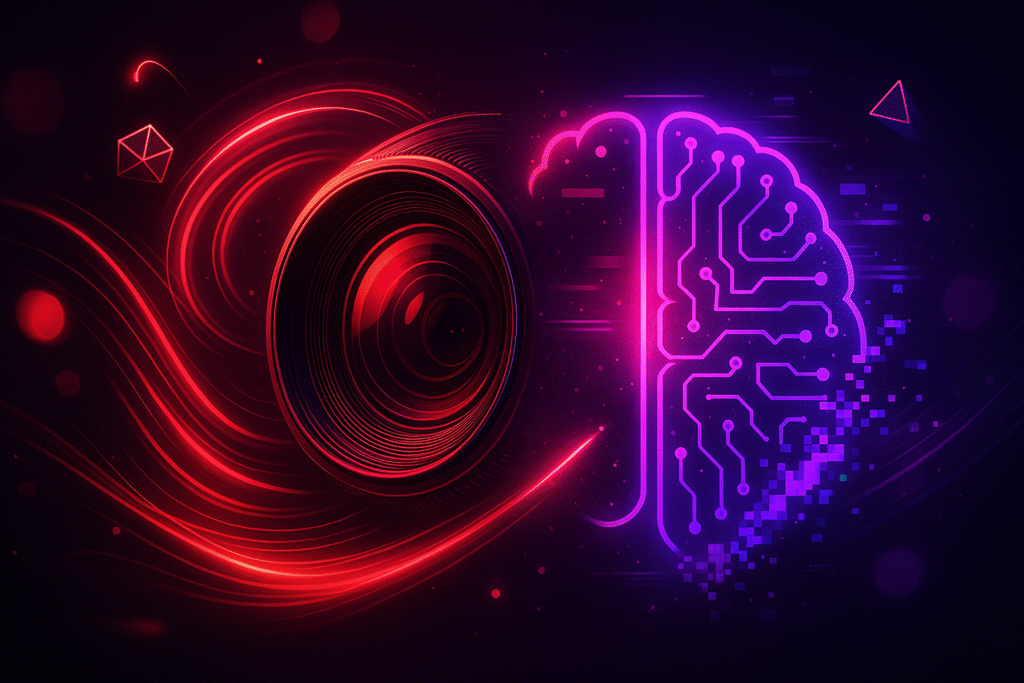The boom of AI-powered tools in modern photography has sparked a global conversation. From smartphone cameras to editing software, AI in Photography is reshaping how images are captured, processed, and even imagined. What once took hours of manual work can now be done in seconds—with a few clicks and the help of machine learning algorithms.
What Is AI in Photography?
But what exactly is AI in Photography, and why is it suddenly everywhere? Simply put, it refers to the use of artificial intelligence to automate and enhance photography tasks—like adjusting lighting, removing objects, sharpening images, or even creating entirely new scenes. As these tools grow smarter and more accessible, they’ve stirred both excitement and fear among professionals and hobbyists alike. In this article, we’ll explore how AI acts both as a creative enhancer and an automation engine—and what that means for the future of photography.
Artificial intelligence in Photography refers to the integration of AI technologies—like machine learning, neural filters, and GANs (Generative Adversarial Networks)—to automate, enhance, or even create visual content. These tools can recognize faces, adjust lighting, remove backgrounds, or generate entirely new images with minimal user input. While AI-powered features have existed for over a decade (think Photoshop’s content-aware fill or face detection feature in your camera), today’s tools are far more advanced and user-friendly. From smartphone apps to pro editing software, AI is now a core part of the photography experience. Without diving into technical jargon, it’s clear that AI has moved photography from being purely manual to smart, efficient, and sometimes even autonomous.

Automation Benefits
One of the biggest advantages of AI in Photography is how much time it saves, especially in high-volume workflows. Tasks that once took hours—like sorting through thousands of photos (auto-culling), making basic corrections, or applying consistent looks across a gallery (batch editing)—can now be handled in minutes using AI-powered software. This efficiency is a game-changer for photographers working under tight deadlines, letting them focus more on creativity and client interaction rather than repetitive edits.
On the technical side, AI tools have drastically improved image quality. Features like intelligent noise reduction, upscaling low-resolution images without quality loss, and precise focus stacking help photographers achieve professional results with less effort. For example, wedding photographers often rely on AI for same-day edits—automatically retouching skin, enhancing lighting, and selecting the best shots to deliver a quick preview to clients before the reception even ends. These tools aren’t just fast—they’re accurate and tailored to elevate the photographer’s creative vision.
Artistic Enhancements
Beyond automation, AI in Photography has opened exciting new doors for artistic expression. AI-powered creative filters and style transfers can transform ordinary photos into painterly works of art, mimicking styles like watercolor, oil painting, or vintage film.
These tools enable photographers—even those with minimal editing skills—to explore different visual aesthetics and add a unique emotional touch to their images. Whether it’s adding surreal lighting effects or giving a photo a cinematic tone, AI makes experimentation easier and more accessible than ever.
AI also assists with the artistic process by offering intelligent composition suggestions. Auto-cropping based on principles like the rule of thirds helps refine framing and balance in a shot, especially helpful for beginners learning composition. For instance, landscape photographers often use AI-powered tools for color grading—enhancing natural tones, skies, and shadows to create a dramatic, professionally finished look. These enhancements don’t replace the artist’s vision; they amplify it, giving creatives more control over how their story is visually told.

The Debate – Authenticity vs. Ease
The growing role of AI in Photography has sparked a lively debate between purists and progressives. Supporters argue that AI democratizes high-end editing, making professional-quality results accessible to anyone and opening new creative possibilities for storytelling and experimentation. On the other hand, critics worry that AI diminishes the authenticity and “handcrafted” feel of photography, raising ethical questions about image manipulation and potential misrepresentation. Many professional photographers voice mixed opinions—some embracing AI for its efficiency and artistic potential, while others caution that it might erode the emotional connection between the creator and the craft.
Best Practices for Using AI in Photography
It’s important to strike a balance between automation and manual edits. Let AI handle the repetitive tasks—like noise reduction or batch processing—but always add your creative input to maintain your unique visual style. In fields like photojournalism, where authenticity is crucial, disclosing the use of AI enhancements is both ethical and often expected. For those looking to explore the possibilities, tools like Topaz Labs, Photoshop Neural Filters, and Luminar AI offer a wide range of features that blend creative flexibility with powerful automation.
Future Trends
The future of AI in Photography points toward even smarter, more intuitive technology. We’re already seeing AI-powered cameras equipped with on-board editing features that can enhance images instantly, right from the lens. Smartphone photography is also evolving, with real-time AI assistants offering suggestions on lighting, framing, and composition before the shutter even clicks. As these technologies grow, discussions around ethical standards and responsible use of AI-generated imagery are becoming more prominent—ensuring that innovation in photography remains grounded in authenticity and creative integrity.
Conclusion
In conclusion, AI in Photography is proving to be both an exciting artistic catalyst and a powerful automation tool. It enhances creativity while streamlining technical tasks, making professional-level editing more accessible than ever. But no matter how smart the software becomes, your unique voice and personal vision will always be the heart of any great photo. Embrace AI as a tool—not a replacement—and keep creating with intention. We’d love to hear your thoughts! Share your experiences or favorite AI tools in the comments, or join the conversation on social media using #Kasgraphy



